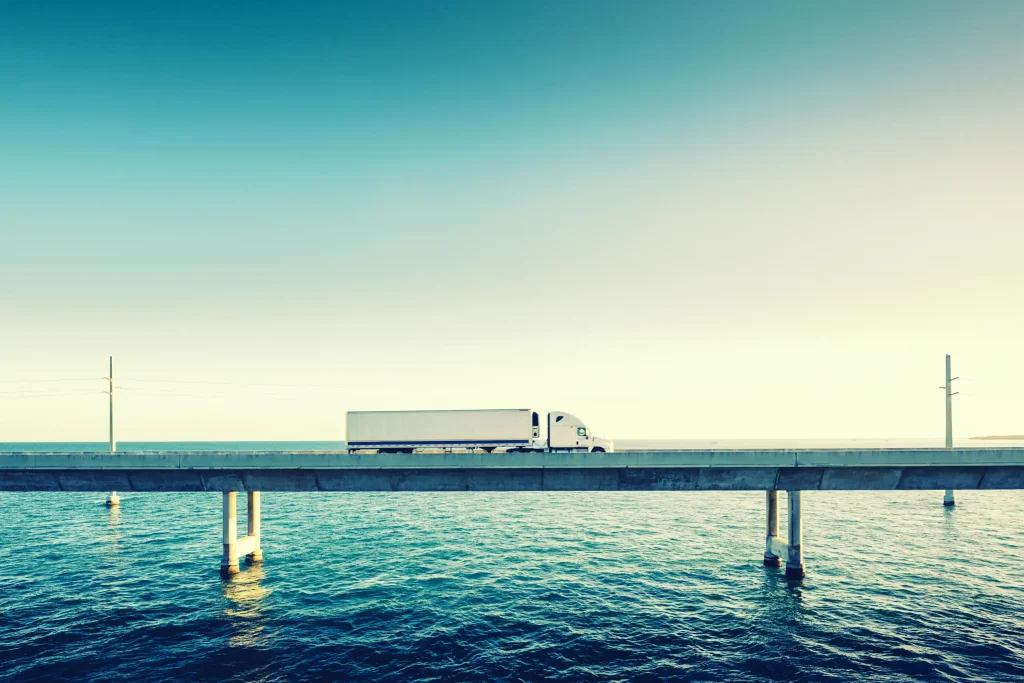What Are Non-CDL Driveaway Companies in the U.S. Trucking Industry?
Non-CDL driveaway companies specialize in FMCSA-compliant vehicle transportation services for loads under 26,001 lbs GVWR. These firms move cars, light trucks, and RVs across state lines using independent contractors—bypassing the need for a Commercial Driver’s License. The U.S. driveaway sector transports 8.2 million vehicles annually, with non-CDL shipments dominating 42% of total volume (ATA 2024 Annual Report).
FMCSA Regulation 49 CFR 383.5: Non-CDL transport applies to vehicles under 26,001 pounds gross weight, requiring only a standard Class D license. This excludes vehicles requiring HAZMAT endorsements or passenger transport configurations.
Why Choose Non-CDL Driveaway Work Over Traditional Trucking?
Non-CDL driveaway jobs offer owner-operators 28% more flexibility than OTR trucking while avoiding ELD mandate requirements. According to the 2024 OOIDA Earnings Survey, non-CDL drivers average $0.58-$1.25 per mile without the overhead costs of CDL compliance (drug testing programs, medical certifications, or quarterly IFTA reporting).
Key Advantages for U.S. Drivers
- No CDL skills test: Bypass the 3-part CDL exam and ongoing medical certification
- Exempt from ELD mandate: FMCSA 395.8 allows paper logs for sub-26k lbs vehicles
- Lower insurance costs: $1,200-$2,500/year vs. $8,000+ for Class 8 trucks
- Simplified tax reporting: No IFTA requirements for single-state operators
Industry Insight: 78% of non-CDL drivers report higher job satisfaction than traditional trucking roles due to exemption from FMCSA hours-of-service rules when operating under 26k lbs (2024 OOIDA Driver Survey).
How Non-CDL Driveaway Jobs Work Under U.S. DOT Regulations
Driveaway drivers operate under a unique FMCSA exemption (49 CFR 390.3(f)(4)) that simplifies vehicle transport logistics. The standard workflow includes:
- Receiving assignment details through digital dispatch platforms like Central Dispatch
- Conducting pre-trip inspections meeting DOT Appendix G requirements
- Transporting with state-issued driveaway tags (not commercial plates)
- Completing Bill of Lading documentation for each delivery
- Returning via deadhead or arranged transport (no backhaul requirements)
Types of Non-CDL Driveaway Jobs in the U.S. Market
The U.S. driveaway sector offers specialized opportunities with varying pay scales and DOT requirements:
| Job Type | Average Pay | FMCSA Requirements | State-Specific Notes |
|---|---|---|---|
| Dealer Trade Transport | $0.50-$0.80/mile | No HOS logging under 26k lbs | Texas requires separate dealer plates |
| RV Transport | $1.10-$1.50/mile | Exempt from CDL if under 45′ length | California CARB emissions rules apply |
| Hotshot Trucking | $1.25-$2.00/mile | Must stay under 26k lbs combined weight | Oversized loads need state permits |
| Manufacturer Deliveries | $0.45-$0.75/mile | No medical card required | Michigan requires trip permits |
Top U.S. Driveaway Companies Hiring Non-CDL Drivers in 2024
These FMCSA-approved carriers dominate the non-CDL market with specialized operations:
| Company | Specialization | Unique Advantage | Hiring Status |
|---|---|---|---|
| Allied Driveaway | Dealer trades nationwide | Direct contracts with AutoNation | Hiring in all 48 states |
| Auto Driveaway | Personal vehicle transport | No forced dispatch | Priority on East Coast |
| Central Dispatch | Auction vehicle transport | Real-time bidding platform | Open enrollment |
| National Transport Services | RV and specialty vehicles | CARB-compliant training | Western states only |
Hot Market: The RV transport sector grew 34% since 2020, creating 8,200+ non-CDL jobs in sunbelt states (RVIA 2024 Market Report).
Essential Qualifications & Skills for U.S. Non-CDL Drivers
Beyond basic requirements, successful drivers master these FMCSA-adjacent skills:
- Pre-trip inspections: Documenting damage per DOT Appendix G standards
- State compliance: Understanding varying driveaway tag regulations
- Fuel optimization: Routing to avoid California CARB checkpoints
- Paperwork mastery: Properly completing Bills of Lading for audit protection
Success Factors for Maximizing Earnings
- Leveraging digital load boards like Central Dispatch for premium rates
- Specializing in high-demand sectors (EV transport, luxury vehicles)
- Maintaining sub-10% deadhead ratio through strategic route planning
- Obtaining TWIC card for port vehicle transport opportunities
Earning Potential & Payment Structures in 2024
Non-CDL driveaway drivers can earn $35,000-$95,000 annually by optimizing these payment models:
| Payment Method | Tax Implications | Best For |
|---|---|---|
| Per Mile (1099) | Deduct $0.67/mile (2024 IRS rate) | Full-time drivers with high mileage |
| Per Trip (W2) | Simplified reporting | Part-time drivers |
| Percentage (1099) | Itemize all expenses | Luxury/RV transport |
FAQs About Non-CDL Driveaway Jobs in the U.S.
How do non-CDL driveaway jobs differ from hotshot trucking?
While both operate under 26k lbs, hotshot trucking typically involves gooseneck trailers and requires heavier equipment insurance. Driveaway jobs use the vehicle’s own power (no trailer) and qualify for lower-cost driveaway insurance policies.
What insurance loopholes exist for non-CDL operators?
Many carriers utilize “driveaway insurance” policies that:
- Exempt vehicles from commercial plate requirements
- Allow operation under personal insurance during deadhead
- Waive cargo insurance for dealer-owned vehicles
How do California CARB rules affect non-CDL drivers?
CARB’s 2024 emissions standards require:
- Smog checks for any diesel vehicle entering the state
- Special permits for pre-2010 model year trucks
- Documentation of DEF system operation
2024 Industry Trends & Future Outlook
The non-CDL sector is projected to grow 15% through 2027 (IBISWorld) due to:
- EV manufacturer delivery demand (up 72% since 2022)
- New digital dispatch platforms reducing deadhead miles
- FMCSA’s proposed under-26k lbs exemption expansion
Emerging Opportunity: The 2023 Infrastructure Act created 12,000+ non-CDL jobs transporting utility vehicles for grid projects (U.S. DOT Report).
U.S.-Specific Resources for Non-CDL Drivers
- FMCSA USDOT Number Checker – Verify registration requirements
- OOIDA Driver Resources – State-by-state guide
- Central Dispatch Carrier Portal – Find loads
- IRS Mileage Deductions – 2024 rates

